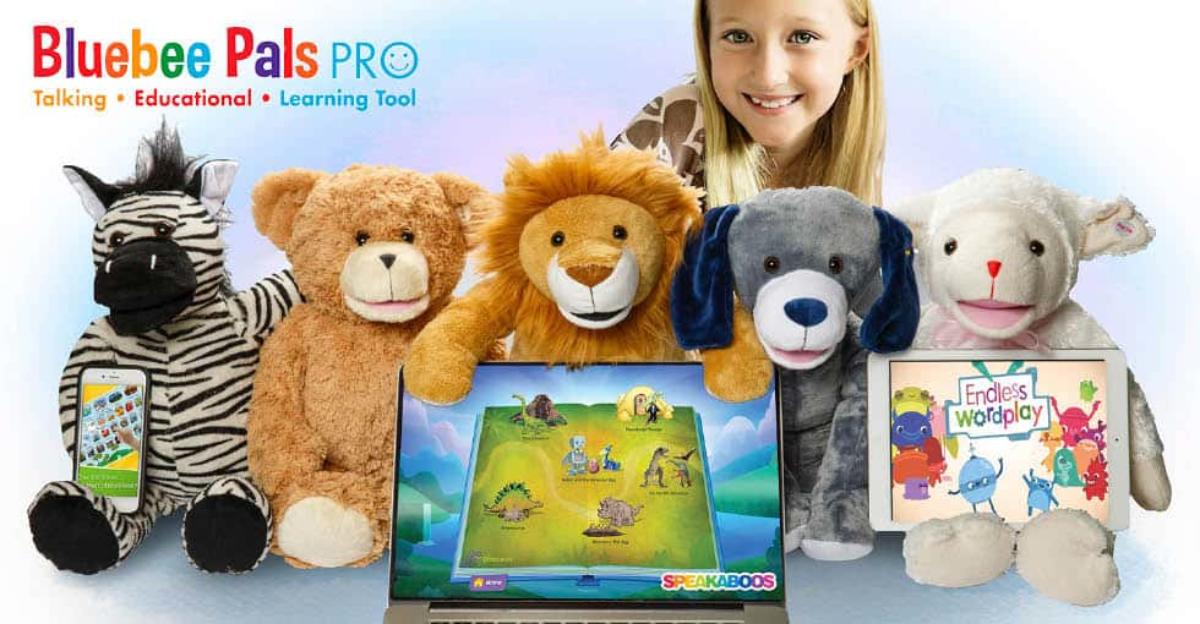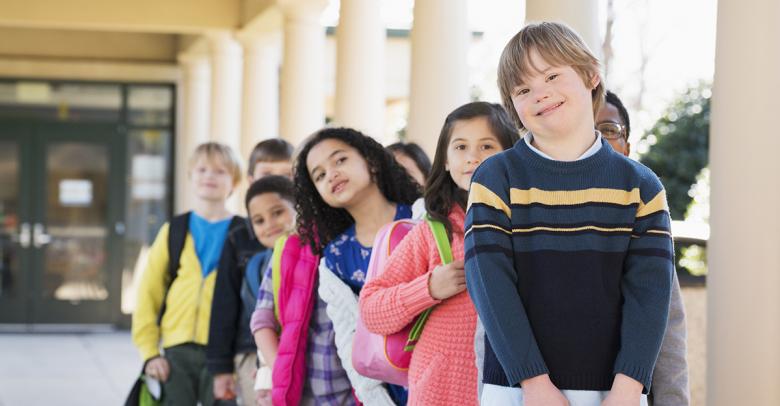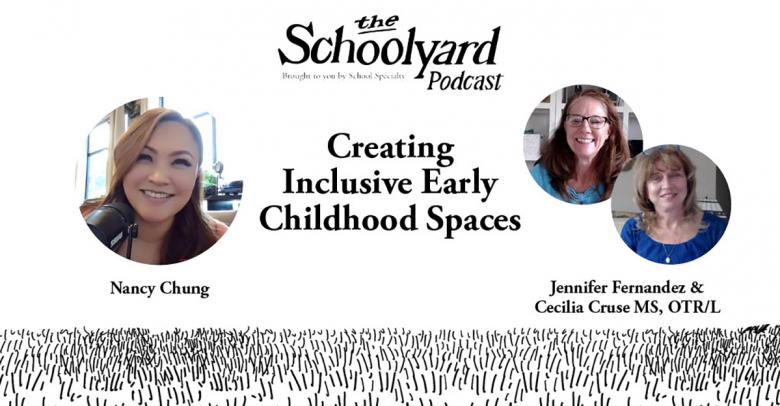Julia, the newest Muppet member on Sesame Street is helping her peers like Big Bird and Elmo get a handle on what being on the Autism Spectrum looks and feels like. And it seems to be working. Although Julia is just making her debut appearance on Sesame Street program this month, a team of researchers from Georgetown University has been studying how effective the program has proven for families who have experienced Sesame’s autism materials which have been in the works longer. After surveying over 1,000 families, more than a third of whom have children with autism the preliminary findings suggest the material helps these families feel more comfortable incorporating them in broader community activities, and that families whose children do not have autism are more accepting of those kids that are on the spectrum.
Several years ago, there was a research study conducted at the University of Central Florida’s Anxiety Disorder Clinic which teamed up with Virtually Better (an Atlanta based interactive technology company) to develop a computer simulation program that allows children to practice social skills in a safe environment through the use of on screen avatars. The simulation featured a realistic school setting and the on screen figures include classmates such as a “cool girl”, “smart girl” and a bully as well as a teacher and a principal. The school environment for the program was designed with input from elementary school teachers and the classmates audio responses were recorded by real children so the language reflects real life conversations. Concepts like greetings, giving and receiving compliments, being assertive and answering questions were practiced between the child and the avatar (with a clinician controlling the role/responses of the avatars from another room). The study focused on children ages 8-12 with social anxiety disorders, but it seems like this would be a concept that could be expanded in the future to include kids on the spectrum and/or with SPD issues.
Then there is Kaspar, the humanoid robot developed at the of University of Hertfordshire in Hatfield, England. So far, they’ve built 28 prototypes and research into the effectiveness of Kaspar in supporting children with autism has been published in internationally renowned academic journals.
Finally, check out Bluebee Pals. These friendly, huggable stuffed animals can connect with apps through smart phones, tablets, laptop or any blue tooth enabled device for provide a more animated interaction with technology.
You can find them in our Language & Communication Assortment here. And thanks for spreading the word that April is Autism Awareness Month!






Leave a Reply